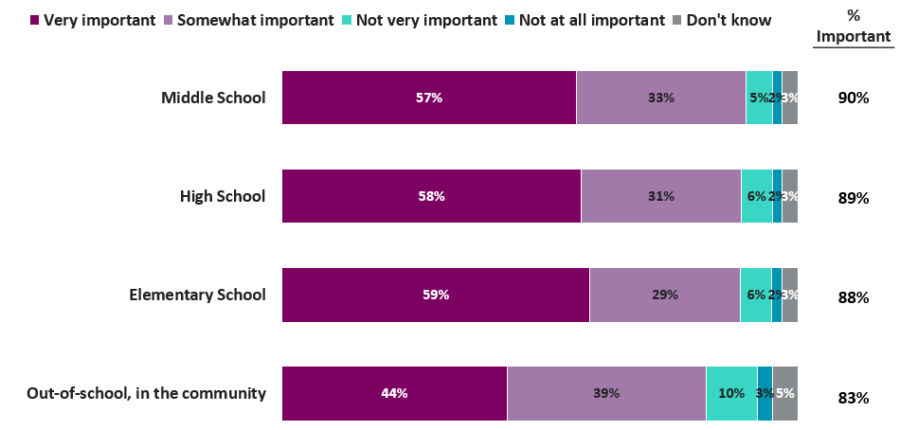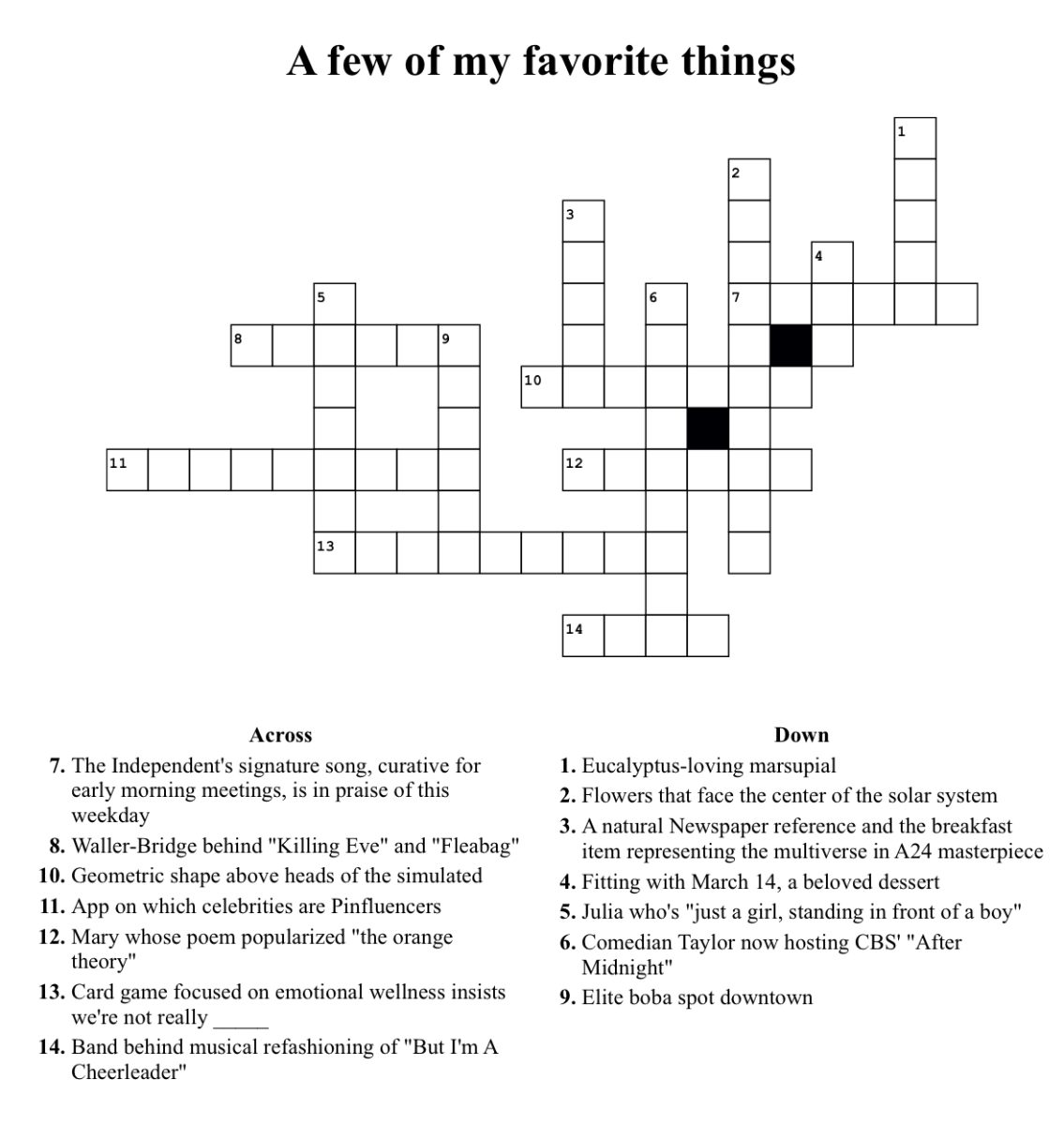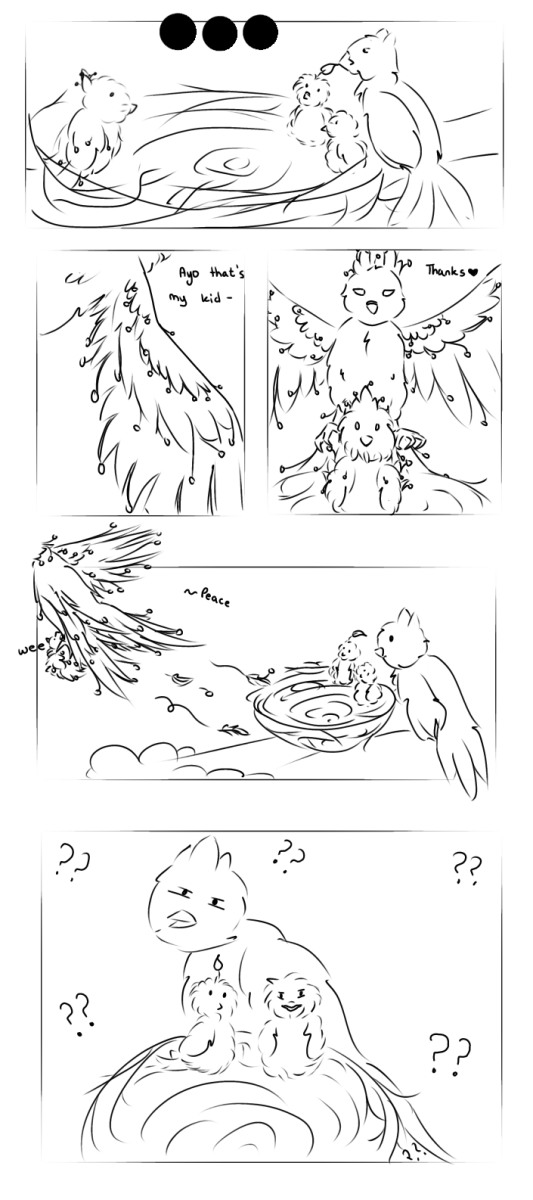Sketchbook or textbook: arts integration in schools
December 9, 2018
When one hears the word “education,” some things he/she thinks of are mathematics, literature or even standardized testing. Why do classes like ceramics or theater rarely come to mind? Arts education has been part of school curriculums for years. However, even though “The Every Student Succeeds Act” includes arts as part of a “well-rounded education,” many schools are beginning to cut back on arts education due to budget restraints. In fact, 25% of public high schools have already severely reduced these classes.
So what exactly is an arts education? It refers to visual arts, like drawing, sculpting, painting and performing arts which includes music, dance and theater. This also includes types of designing, such as furnishings, fashion and graphics.
Throughout the early twentieth century, many saw arts education as unproductive and a dissipation of money. However, art education has faced a drastic turn during the post World War II era. As new arts movement flourished, Americans began to look into the importance of art involvement.
Surprisingly, the debate on arts education has sprung up once again. Many researchers believe that arts do not have much impact on higher academic achievement, but they do teach significant habits. This seems like a no-brainer, but these programs allow children to creatively express themselves better than science or math. The Washington Post says, “If kids begin thinking creatively amid their adolescence, it will come naturally and help them in the future.”
A 2005 report by the Rand Corporation called “A Portrait of the Visual Arts” also argues that not only does arts education give students a creative outlet, but it actually helps connect them to the larger world, improving community behavior. For example, arts such as band and theater require students to collaborate together. The shared responsibilities will ultimately help prepare them for the future.

Participation in arts also offers a chance for students to step outside their comfort zone and raise their self-esteem. The enormous sense of accomplishment when a project is completed can essentially instill pride in the student. Not only that, but furthermore, Dr. Kerry Freedman, head of Art and Design Education at Northern Illinois University states, “Children should “know more about the world than just what they can learn through text and numbers.”
This is especially important for younger kids as activities done in art class help promote visual-spatial skills.
All in all, most schools have already gotten rid of teaching students to cursive write due to its “impracticality” in today’s digital age. The same seems to be happening in regarding to arts education. What do you think—is this type of education worthwhile in schools?






























